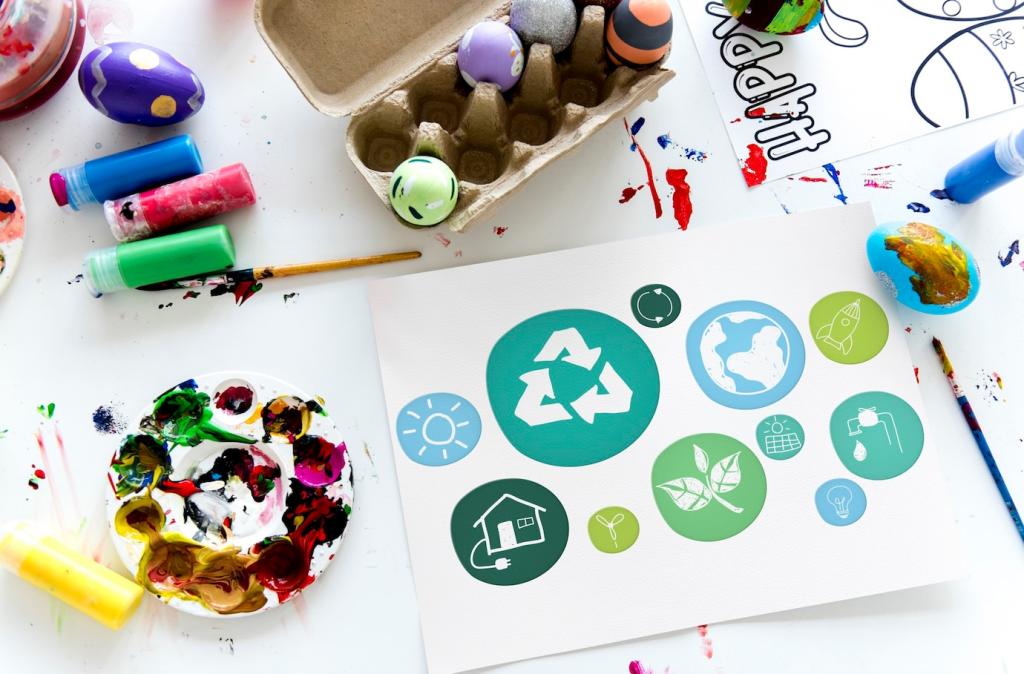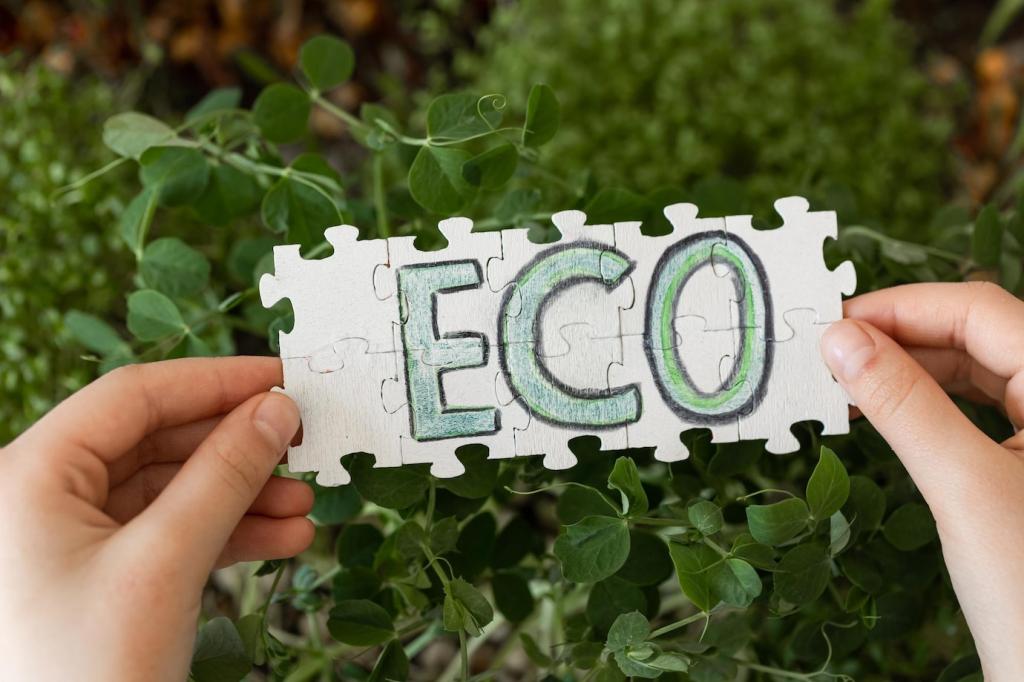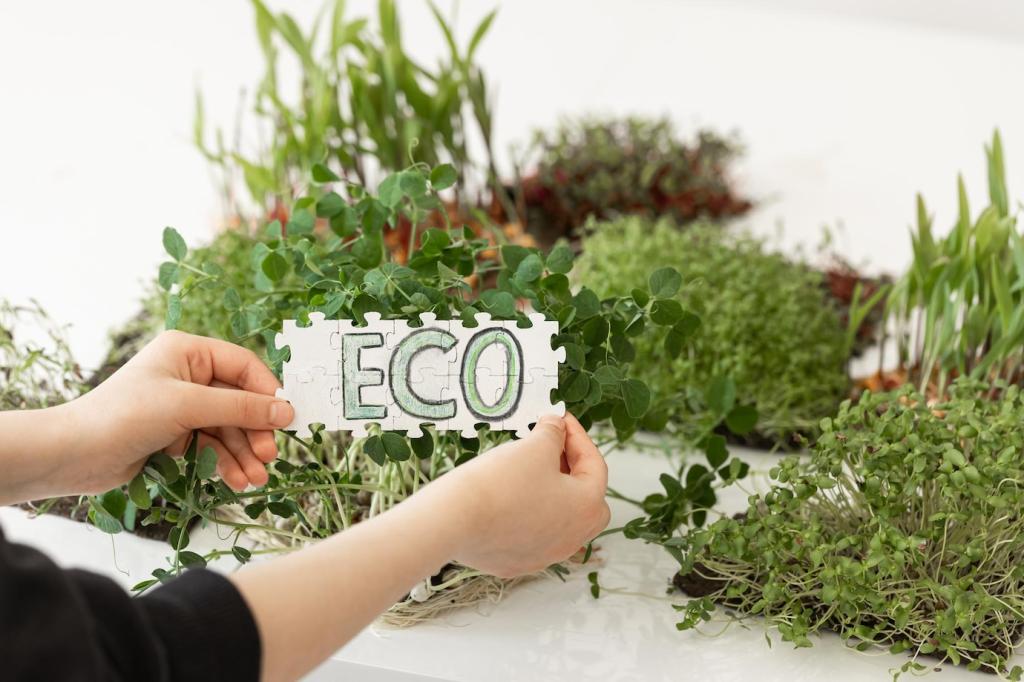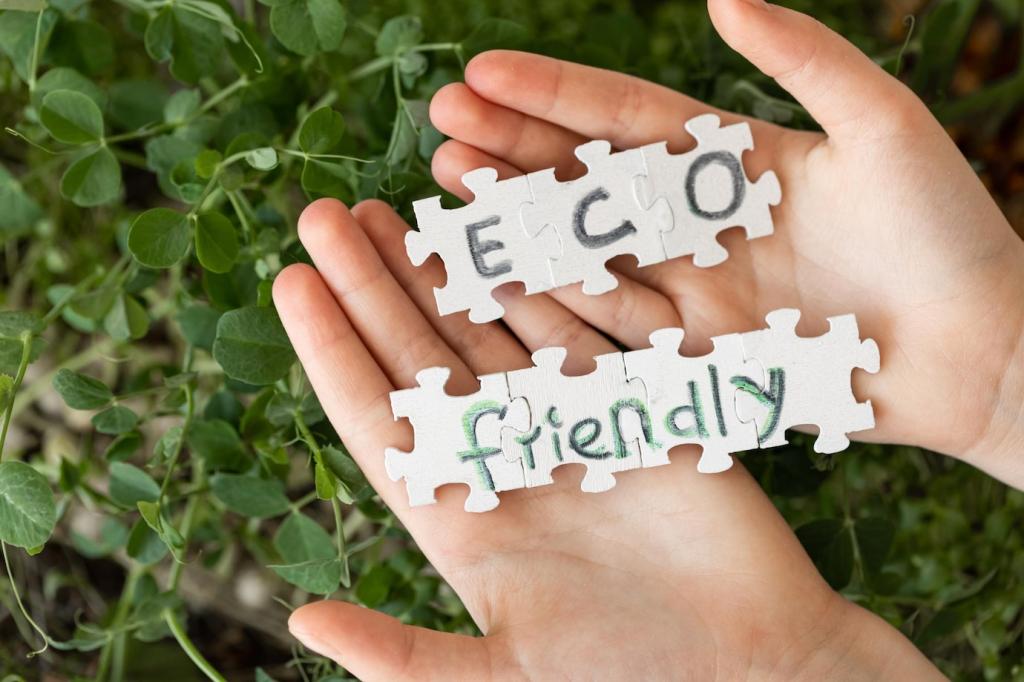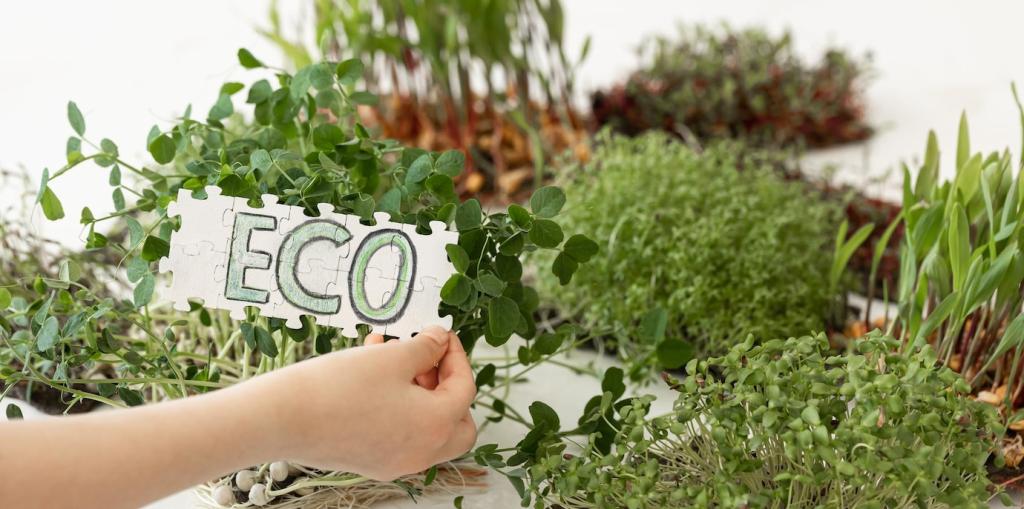Shop Smarter, Waste Less
Match meals to your real week, not your dream week. Plan quick dinners on busy nights and cook larger batches when you have time. Use overlapping ingredients to avoid half-used items. Share your two reliable weeknight meals that never generate leftovers you regret.
Shop Smarter, Waste Less
Bring containers to bulk sections for grains, nuts, and spices, labeling tare weight for accuracy. Start small to avoid overbuying. Choose versatile staples that appear in multiple recipes. Tell us which bulk items you actually finish and which you avoid to prevent waste.
Shop Smarter, Waste Less
Plan a weekly ‘remix’ night for stray portions. Roast limp veggies into soup, turn rice into fried rice, and transform stale bread into croutons. Keep a flexible sauce or dressing on hand. Comment with your best leftover makeover to inspire the community.
Shop Smarter, Waste Less
Lorem ipsum dolor sit amet, consectetur adipiscing elit. Ut elit tellus, luctus nec ullamcorper mattis, pulvinar dapibus leo.

